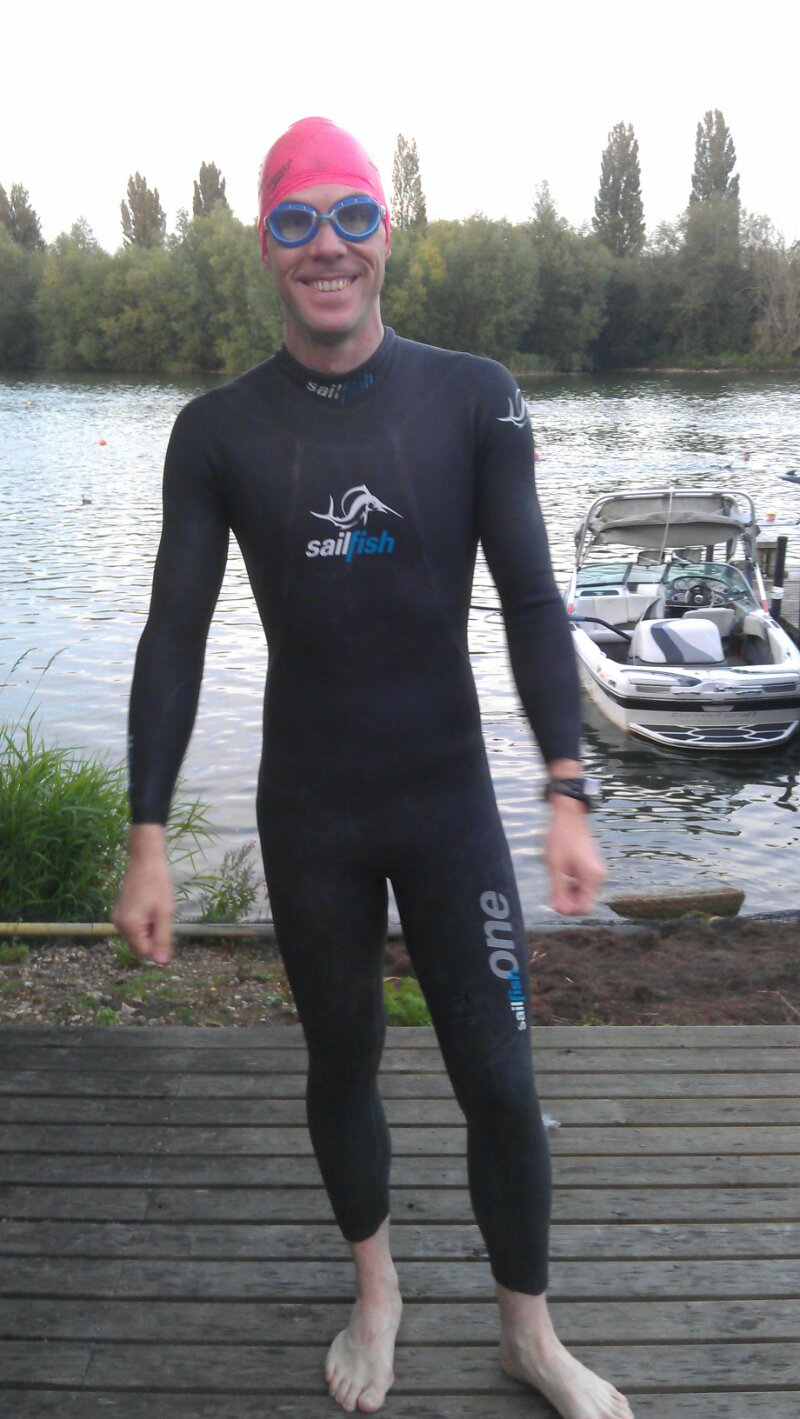Well, in short the GIGABYTE G1.Sniper M3 motherboard does support Intel VT-d and both ESXi 5 and 5.1 can use it. I have tested this with BIOS version f9 and “beta” BIOS versions f10c, f10d and f10e and all show VT-d as an option when a compatible processor is installed. Note that this option is not shown unless a suitable (generally Intel i5 or i7 non-k CPU) processor is installed. The “VT-d” option is shown below the “Intel Virtualization Technology” option on the “BIOS Features” page of the BIOS setup.
I have had mixed success with actually passing through devices to VMs. Generally the cards in PCI-E slots and configured for pass through worked as expected within a VM during my testing (USB3, NICs, Hauppauge 1700 cards). However, devices on the motherboard (SATA, Audio, LAN, Video) and PCI-E graphics cards do not work. For the most part, these devices pass through but the devices don’t start under Windows, drivers fail to attach or cause blue screens when accessed (yes, Mr ATI graphics card with your atikmpag.sys driver BSOD).
Until I actually did these tests I was not sure if this motherboard did or did not support VT-d /Intel Virtualization Technology for Directed I/O / VMware VMDirectPath I/O. I already had this motherboard in a HTPC with an Intel i3 (dual core with hyper threading) which, by the way, ran ESXi adequately. I wanted to play with VT-d so I took a punt on an Intel i7 processor and luckily it worked. If not, my backup plan was to also procure an ASRock motherboard, most of which seem to have working VT-d support.
I had hoped to run a virtual HTPC with an ATI graphics card passed through on this computer. Unfortunately the virtualisation gods do not seem to be happy with this idea at the moment. Still, this box makes a decent whitebox ESXi host, apart from the onboard Intel 82579V NIC which ESXi does not support out the box. A custom driver needs to be injected into the ESXi installation ISO, unless you have a supported PCI-E NIC in which case the driver can be installed post-install.
Note1: While playing with passthrough and various options of internal graphics and PCI-E graphics BIOS configurations I got to the point where I could no longer get graphics from the onboard graphics card. I found a couple of posts on the Internet about this too. Even resetting/clearing CMOS did not resolve this. As per the other posts, I reflashed the BIOS and it sorted it out. Weird behaviour and unexpected – I could not get the BIOS to save the option to use IGFX (Internal graphics) rather than PEG (PCI-E graphics) as the “Init Display First” option.
Note2: The following are the graphics cards I attempted to pass through to the VMs. Note that I tried both VMware ESXi 5.0U2 build 914586 and 5.1 build 799733 and 914609 with motherboard BIOS f9, f10d and f10e.
Asus ATI Radeon HD 5450 – passed through and seen by VM but has atikmpag.sys BSOD 0x0116 “Attempt to reset the display driver and recover from timeout failed.” whenever I connected the monitor to the graphics card or tried to enable the display on the card.
Asus ATI Radeon HD 6450 – exactly as above.
Asus NVIDIA Geforce GT610 – passed through and seen by the VM. However the device driver is unable to start in Windows.
Note3: While trying to get the graphics cards to work properly I tried various combinations of additional/advanced settings including:
On the VM:
pciHole.start 1200
pciHole.end 2200
pciPassthru0.maxMSIXvectors 16
pciPassthru0.msiEnabled FALSE
On the host, edit of: /etc/vmware/passthru.map by adding
#ATI Radeon HD
1002 ffff bridge false
#tried with flr/d3d0/link/bridge in the third column
Note4: In ESXi5.1 ACS checking is enforced more strictly resulting in quad-port NICs (and other devices apparently) not successfully getting configured for passthrough. After each reboot the devices still show as needing a reboot. The console logs show a message similar to:
WARNING: PCI: ssss: nnn:nnn:nn.n: Cannot change ownership to PASSTHRU
(non-ACS capable switch in hierarchy)
This can be bypassed (at your own peril) using the host advanced option: disableACSCheck=true
Use the vSphere console: Configuration/Software/Advanced Settings/VMKernel/VMKernel.Boot.DisableAcsCheck
More info can be found at
this informative post. This option got the quad port NICs passed through successfully but did not make any difference to the ATI or NVIDIA cards.
Note5: Currently ESXi 5.1 upto and including build 914609 does not seem to allow USB controller passthrough via VMDirectPath I/O. You can select the device for passthrough but once the host is rebooted, the device is unselected. I am not sure if this is a bug or a conscious decision by VMware. A cynic like myself might think this is intentional, as without the ability to pass through a USB controller there is no way to pass through a real keyboard and mouse into a VM and hence no need to get GPUs working with passthrough. (Hmm – maybe a bluetooth USB device passed into a VM and then paired with a BT keyboard and mouse?? Something for another day).
